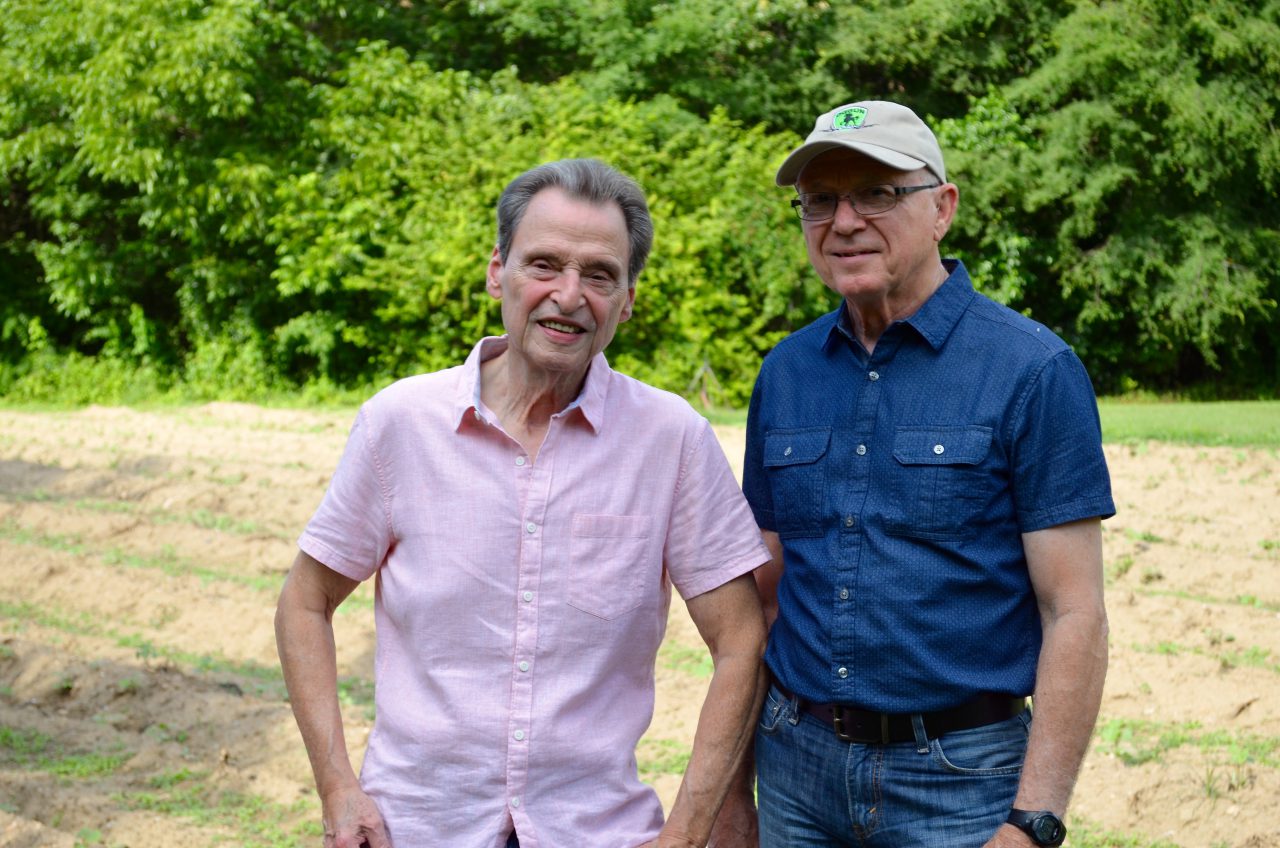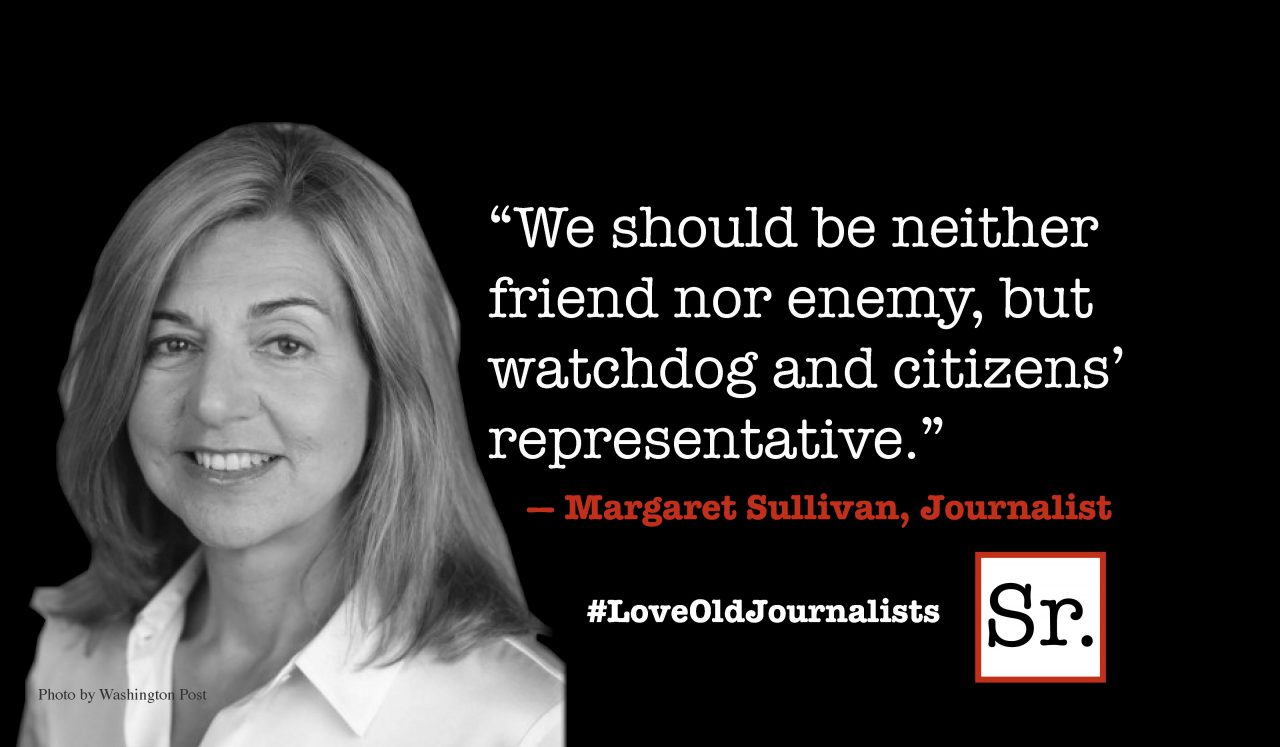For Saúl Berenthal, Cuba was never a threatening island of communism on the edge of the Americas.
Rather, it was a welcoming haven for his Jewish parents who fled Europe during World War II. It was the birthplace he left at 16 as his family departed to the United States in 1960 after the Castro-led revolution.
And now, with the renewal of diplomatic relations between the United States and Cuba, the island nation has become something else to its departed son: an opportunity to help close the breach between his native and adopted lands.
Berenthal, 72, of Raleigh, North Carolina, and his business partner, Horace Clemmons of Alabama, are investing up to $10 million to sell simple, low-cost tractors to Cuban farmers. Their company — known as Cleber LLC, a fusion of their surnames – has won Cuban government approval to build the first U.S.-owned factory in Cuba since the revolution.
Berenthal and Clemmons are former IBM engineers who did well by starting and selling a successful business for cash registers based on open-source computer programing. Their company earned more than $30 million annually.
Now Berenthal wants to give back to Cuba, to nourish his roots even as he helps farmers plant new seed. Clemmons, who grew up on an Alabama farm, welcomes the project, too.
“I think this is an opportunity to do one more thing that is not only profit-oriented but a good thing to do to bring the two countries together,” Berenthal says. “I was born in one and lived in the other and I don’t know of a better way to bring them together.”
As one who has lived the American Dream, Berenthal knows the fruits of private enterprise and capitalism, but he thinks investment can also flourish in the state-controlled Cuban economy.
“Capitalism is an economic issue and communism is more of an ideology,” he says. “Both can co-exist. China and and Vietnam are good models.”
Berenthal says his enterprise is complicated by rules and regulations on both sides, and despite the recent reopening of diplomatic ties, the suspicions linger. Indeed, he encounters some Cubans who endured the hardship of the strained years and now look askance at a wealthy Cuban-American who wants to do business with his Communist homeland
“There’s still some resentment,” he says. “People say, ‘You left and now you want to come back and enjoy.’”
But overall, Berenthal says, Cubans welcome Americans as tourists and investors. “A friend said to me, ‘The Cuban people are in love with their enemies,’” he says. “They like Americans and they have a tremendous admiration for the country.”
Offering a low-priced, easily maintained tractor will meet a real need. Although Cuba has some large, government-owned farming cooperatives, much of the food production comes from its 300,000 campesinos, or peasant farmers, many of whom plow with oxen, mules and horses on farms of 15 to 60 acres. They cannot afford equipment that would save time and make it easier to increase production. As a result, Cuba imports more than 70 percent of its food — with about 16 percent of the imports coming from the United States.
According to Cuba’s official newspaper, Granma, Cuba has about 62,000 tractors, manufactured in 26 different countries. But most are about 30 years old and maintained through the same ingenious tinkering that Cubans use to keep the island’s vintage cars on the road.
Cleber will offer a $10,000 tractor, about half the price of a standard American tractor. Its design is based on a model once popular on smaller U.S. farms — the Allis-Chalmers Model G tractor — which was discontinued in the 1950s. The new version will feature modern hydraulics, easier maneuverability and can be adjusted for different row widths.
Initially, the company will manufacture parts in the United States and ship them for assembly in a plant in Cuba, also providing employment for Cuban workers. The tractors will be made with “off-the-shelf” components available from many sources, making the machines “blockade proof.”
Even this simple tractor will be difficult for most Cuban farmers to afford, but Berenthal expects that funding from Cuban family members in the United States and government-backed loans will bring the tractors within the reach of most who work the land. If the plan succeeds, he thinks use of the tractors may spread to small farmers across Latin America.
“There’s good money to be made by us and good money to made by the Cubans,” he says.
The tractor — named the Oggun after the deity of metal work in Yoruba, a West African and Caribbean spiritualism — may also help plow a new field of U.S. and Cuban engagement, he says.
“Before the United States and Cuba were foes, they were neighbors. There was lot of trading, a great relationship that was terminated by a revolution aggravated by an embargo,” he says. “Now it’s about something getting done to change that. We have tried to find a way to be part of that change.”









